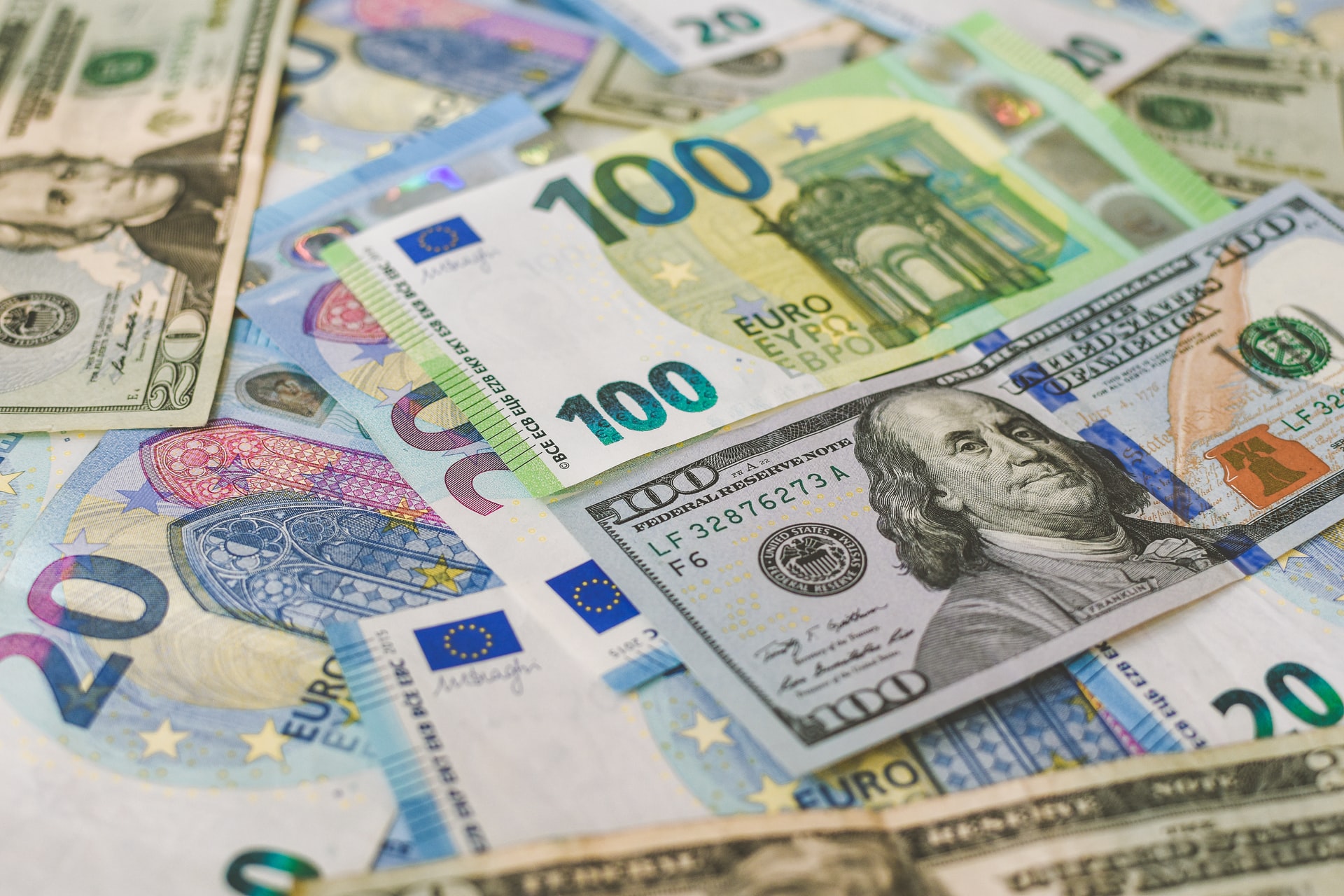Bond, how are European banks doing?

Because the forecasts on the bonds of European banks are not negative. The analysis by Jan Willem de Moor, Senior Portfolio Manager Credit at Robeco
Accelerating inflation, the start of another round of rate hikes by the Federal Reserve, and the Russian invasion of Ukraine boosted bond yields and widened credit spreads. Despite a less rosy economic outlook, European banks are facing the slowdown with good capital buffers and are well positioned to benefit from the rate hike. Spreads on subordinated financials have reached levels never seen since the first wave of Covid-19 and, in our opinion, fixed income today offers good value for investors seeking protection from fears of an inflationary spiral and a tightening of monetary policy.
European banks faced the crisis between Russia and Ukraine from a solid position, with high capital reserves and substantial budget provisions, accumulated to withstand any losses on Covid-related loans. The question, if anything, is whether they will be able to confirm themselves resilient even in the face of the significant economic and financial consequences of the conflict. Based on our analysis, we believe European banks can handle the financial implications of the war and that current industry valuations far outweigh the potential risks taken by investors.
Our analysis distinguishes between the direct and indirect impact of the war between Russia and Ukraine on European banks. In particular, we look at the effects of direct exposure to Russian banking and assets and the indirect effects of the slowdown in economic growth and rising inflation caused by the war.
Local banking and international loans in Russia or to companies exposed to Russia could generate direct losses for European banks. But the exposure to Russia of credit institutions from the old continent amounts to only about 0.5% of total loans, many of which, among other things, are short-term.
To quantify the potential losses that direct exposure to Russia could cause to European banks, we carried out a comparative analysis of two previous crises: during the Russian crisis of 1998, on average 60% of loans were canceled, while the economic crisis of 2008-2010 caused the loss of 15% of the loans granted. And it should be emphasized that where executives agreed to abandon local operations, the losses on Russian operations were solely for equity investment.
These past experiences can teach banks how to manage the current crisis. They also confirm that the direct effects for European banks are to be found in the impact on earnings rather than on their capital position.
Our conclusion is that, even in the worst case scenario, loan losses due to direct exposure to Russia do not pose a systemic risk to the European banking sector.
The indirect consequences of the Russia-Ukraine war could slow economic growth and further increase inflation. Depending on the severity of these macroeconomic developments, bank balance sheets would suffer in terms of high credit losses and, to a lesser extent, reduced revenues. The solidity of the banks on the eve of the crisis would help mitigate the effects, thanks to the large capital reserves accumulated compared to the minimum capital requirements. In fact, most lenders had planned to distribute these reserves to shareholders, but these plans could be abandoned in the event of a marked deterioration in fundamentals.
We will continue to monitor the situation closely, but our analysis shows that bank balance sheets, reserves and profitability are at levels that are likely to allow the banking sector to cope with stagflation without breaching capital requirements. Therefore, the coupons of AT1 bonds would be safe.
The rise in interest rates represents a welcome factor of support for European banks, destined to favor their profits and profitability. German, Italian and Spanish institutions show the greatest sensitivity to the increase in interest rates, especially by virtue of the composition of their loans. Among Spanish banks, for example, we see in some cases a 25% rise in net interest income should Eurozone rates rise by 100bps.
While bond investors less directly benefit from higher profitability than equity investors, we expect interest rates to be a catalyst for some banks to fuel restructuring, isolate underprivileged institutions and stimulate long-term resilience. of the sector. For the European banking sector as a whole, the increased profitability associated with rising interest rates could therefore stimulate consolidation and reduce fragmentation, helping to reduce a major systemic risk.
In line with subordinated financials, spreads widened significantly in the first quarter of 2022, reaching levels never seen since the spread of Covid-19, the fears of the taper of 2018 and the oil crisis of 2016. spread is indicative of the enormous impact produced by the tragic war in Ukraine on European economies, mainly due to inflation and supply chain disruptions.
In light of these developments, we believe that European subordinated financial debt yields are much more attractive than those of investment grade corporate debt.
This is a machine translation from Italian language of a post published on Start Magazine at the URL https://www.startmag.it/economia/bond-banche-europee/ on Sat, 18 Jun 2022 05:50:05 +0000.
